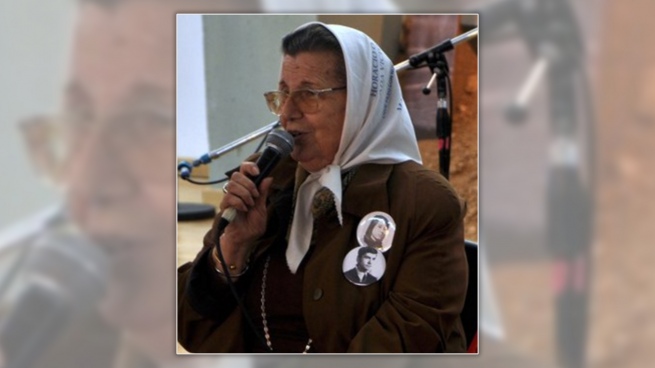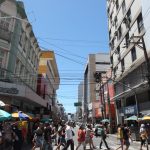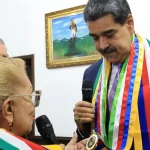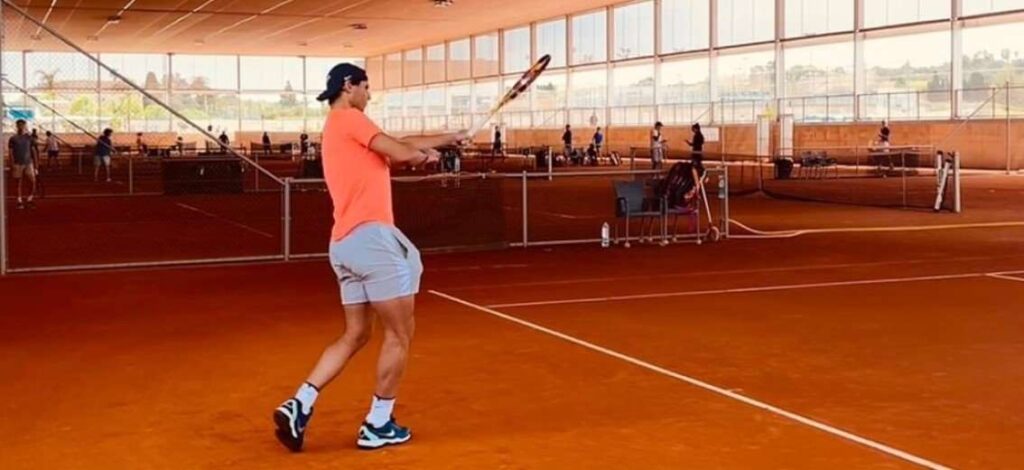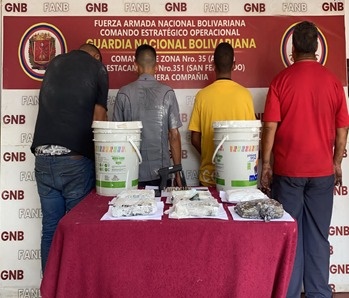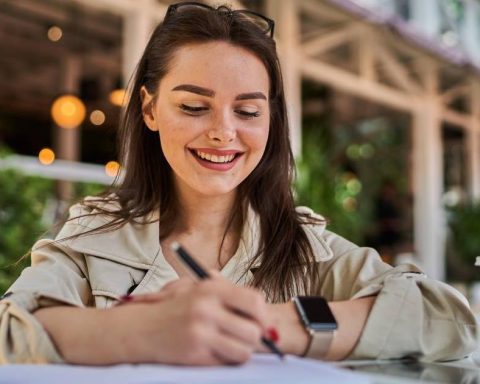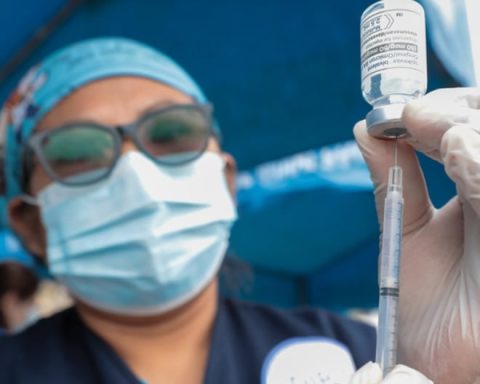Haydeé Gastelú de García Buela is one of the Mothers of Plaza de Mayo who was in the first round on April 30, 1977, when she sought to know the whereabouts of her son Horacio, kidnapped eight months earlier, and her presence was recorded in the interview. what France Press correspondent Jean Pierre Bousquet made the intrepid women who began to walk around the pyramid.
Shortly after the 45th anniversary of that day, both told Télam Radio how that first round was that marked the history of human rights in Argentina and in the world.
Gastelú, at 94 years old, recalled that “we mothers met in official offices when we went to ask for information about our children” and that the first meeting in which she participated “was in the Stella Maris church.”
“One day one of the Mothers got up and said ‘We are going to meet in Plaza de Mayo, but we are not going alone, we are all going’. And he gave me a piece of paper that said ‘such a day in Plaza de Mayo at 3:30 p.m.'”, he recalled when recalling the call of Azucena Villaflor de Vicenti.
She also recalled that their husbands “would not let them” but it was the same, and when she arrived she was with Azucena, with whom she became “a very good friend: We always stayed together until the moment of her disappearance,” she added. “They ask me if we weren’t afraid,” she-she continued; of course we were, but the love we felt for our children was stronger, and that covered everything.
“The life of a child is worth much more than that of one, above all we wanted to rescue them alive, we never thought we would find them dead,” she lamented. She added that “at first they let us stay in the Plaza, quiet, but later, as there was a state of siege, they told us ‘Move, move ‘ and they themselves marked that spot, the round around the pyramid. We began to circulate in pairs, arm in arm, to be able to talk and fix our things”.
“The first time it was a Saturday but later we realized that it was not a good day, so we moved the rounds to Fridays and then to Thursdays, always at the same time”, he remembered; and she added that when someone arrived, the usual question was “Who are you missing? Since we were all mothers or sisters.”
About the white scarves, she said: “It was born one day that we went to the Basilica of Luján. Because of the need to recognize each other. In the Plaza we all knew each other but there we went in a group and then we had to identify ourselves. Then we thought of our children’s diapers , and we put them on our heads.”
Today, Haydeé Gastelú “would do the same thing again” and, as if it were yesterday, she remembers her other daughter, Alicia Ester: “She had Down Syndrome and had a close relationship with her brother Horacio, who was taken from her. I had a sick little girl and I took good care of her too. She always thought of her brother, she knew he was gone, and every morning I prayed and asked for him“.
the first interview

Jean Pierre Bousquet was a correspondent for France Press in Argentina between 1975 and 1980; and he interviewed the Mothers of Plaza de Mayo that April 30, 1977 in front of the Casa Rosada.
In an interview given to Télam, the French journalist recalled that that year “there was a heavy atmosphere for foreign correspondents that we wanted to understand who these soldiers were who presented themselves as those who came to bring order”, while “reports of kidnappings and disappearances regularly arrived at our office”.
“I was in contact with some Mothers, and one of them summoned me in front of the annex of the Ministry of the Interior. I went because the mere idea of demonstrating, and in the Plaza de Mayo, was very risky”said.
He added that “in the first demonstration there were barely a dozen mothers and I remember that they carried a nail, and they told me it was to remember the sacrifice of Jesus crucified on the cross”. Bousquet added that “later everything was organized, and participation increased, but the first small group concentrated around the pyramid” .
“On the other hand, for us there was not much risk because the military’s policy was to avoid any diplomatic incident. So they did not touch us journalists,” added the reporter who later wrote the book “Las Locas de Madres de Plaza de Mayo”.
He affirms that over the years “I learned to know them” during their stay in the country and that as “the relationship with them impacted me, it was hard for me to leave Argentinabut above all leave them without having an answer about their children “.
*The interview is part of a Télam Radio special, produced, voiced over and edited by Andrea Holgado, Fabiana García and Gonzalo María, to be published on April 27.
